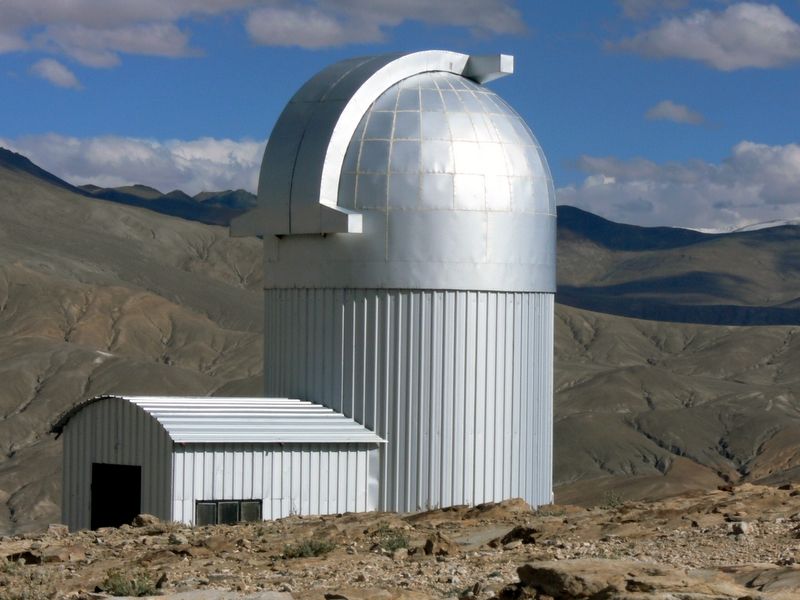Himalayan Chandra Telescope Observes Comet ATLAS: A Celestial Milestone

On July 3, 2025, the Indian Astronomical Observatory (IAO) at Hanle, operated by the Indian Institute of Astrophysics (IIA), successfully captured images of the interstellar comet C/2025 N1, commonly referred to as ATLAS. This significant event marks the third recorded instance of an interstellar object traversing the solar system, following the earlier discoveries of ‘Oumuamua in 2017 and Borisov in 2019. The comet was initially detected by the Asteroid Terrestrial-impact Last Alert System (ATLAS) in Chile on July 1, 2025, moving at an impressive speed of 61 kilometers per second.
The IIA has emphasized the importance of this discovery for both scientific research and public engagement. In a statement, Dr. Prakash Mehta, Director of the IIA, highlighted the observatory’s commitment to enhancing public awareness about celestial phenomena. He stated, "Our goal is to inspire the next generation of astronomers and scientists through direct engagement with remarkable astronomical events like the passage of comet ATLAS."
The significance of comet ATLAS extends beyond its visual spectacle; it offers unique insights into the composition and behavior of interstellar bodies. According to a report published in the Astrophysical Journal on July 15, 2025, the study of such comets can help astronomers understand the early solar system's environment and the processes that shaped it. Dr. Emily Chen, an astrophysicist at the Massachusetts Institute of Technology (MIT), noted, "Comets like ATLAS are time capsules, preserving information from the molecular cloud that formed our solar system."
In order to foster interest in this celestial visitor, the IAO has launched an educational initiative aimed at students and the general public. The observatory's webpage features a compilation of video montages and timelapse images of the comet, designed to make astronomical science accessible and engaging. The outreach program has already seen a significant increase in traffic, with over 10,000 visits recorded in just a week.
Experts have lauded the efforts of the IAO in promoting public engagement with science. Dr. Ravi Kumar, a noted astronomer at the Indian Space Research Organisation (ISRO), remarked, "Public outreach is crucial for fostering a scientific temper among the youth. The IAO's initiative is a model for how institutions can bridge the gap between advanced research and public understanding."
Comet ATLAS's trajectory is particularly noteworthy as it approaches its perihelion—the point at which it is closest to the Sun—on November 21, 2025. This close approach will provide astronomers with an unprecedented opportunity to study the comet's physical characteristics in detail. According to the IIA, the Himalayan Chandra Telescope will continue to monitor the comet as it traverses the solar system, collecting data that could yield new discoveries about its origins and structure.
In a broader context, the observation of comet ATLAS underscores the increasing role of Indian astronomical research on the global stage. As the IAO continues to enhance its capabilities and engage with international collaborations, it positions itself as a key player in the astronomical community. This event serves as a reminder of the importance of investment in scientific research and education, which can lead to groundbreaking discoveries and inspire future generations to explore the cosmos.
As the world eagerly anticipates further insights from comet ATLAS, the Indian Astronomical Observatory's role in capturing and disseminating this knowledge will undoubtedly contribute to humanity's ongoing quest to understand the universe.
Advertisement
Tags
Advertisement





